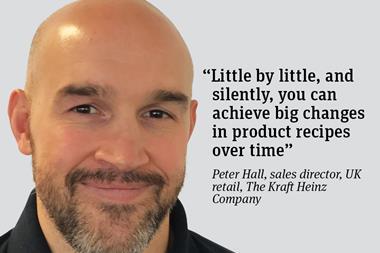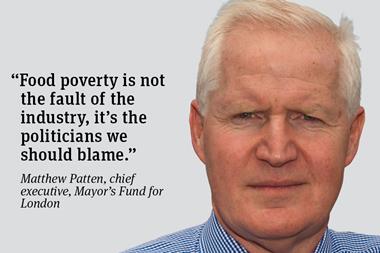
The start of a new year is a time to think ahead. For many of us, these crisp winter months provide the perfect opportunity to plan the future for our brands.
New product development is vital for the continuing health and growth of a brand. Very little remains constant these days, whether that means consumer tastes, competitor activity, manufacturing and packaging technology, or even the price or availability of key ingredients.
And in these increasingly unpredictable times, brand evolution can be impacted in ways that may not be completely within our control.
That’s why it’s important we seek out new ways to expand our brand portfolio, and that we do so in a planned and thoughtful manner.
Often, the temptation is to start by looking at current and emerging trends within the food and drink sector, and to think about how these can best be applied to our brand.
I’m not going to criticise this too harshly (after all, I’ve written a fair few ‘Emerging Trends’ articles in the past, and I enjoy the detective work involved in spotting them), but there is danger in slavishly following the shiny bright lights of the latest ‘big new thing’.
Exciting new trends have a habit of attracting innovation ‘moths’ - and when almost everyone is trying to take advantage of an emerging sector, then simply being ‘on trend’ isn’t enough. You need to be differentiated, too (just take a look at the plethora of protein-rich snack bars, for example).
Perhaps more importantly, though, trends can tempt us away from the very things that made our brand successful in the first place. We can easily forget the principles and qualities that established the brand, helped it stand out and first tempted consumers to buy it. These old roots are more important than the pretty new blossoms we can easily be drawn to but which are more transient.
The key to long-term success for any brand is a clear understanding of what lies at its core. What is the ‘brand story’ that provides it with its reason for being and sets it apart from competitors? Define this, and the path forward for new product development inevitably becomes a lot clearer.
And be aware this means there is often more to reject than there is to pursue. We have worked for more than decade with a well-known ingredients brand (with a publicity-shy owner), the success of which has encouraged a number of potential partners to request licence deals to take the brand into other food sectors.
Fortunately, the brand team has always recognised the importance of remaining focused and has resisted the temptation of short-term opportunism in favour of steady growth in its core sectors.
So, start your 2017 new product development resolution list by writing down the factors that have made your brand successful up to now. They should be fairly obvious and easy to recall.
Only when you have those clear should you set off down the path of mapping out new opportunities.
Chris Blythe is director at The Brand Nursery



















No comments yet